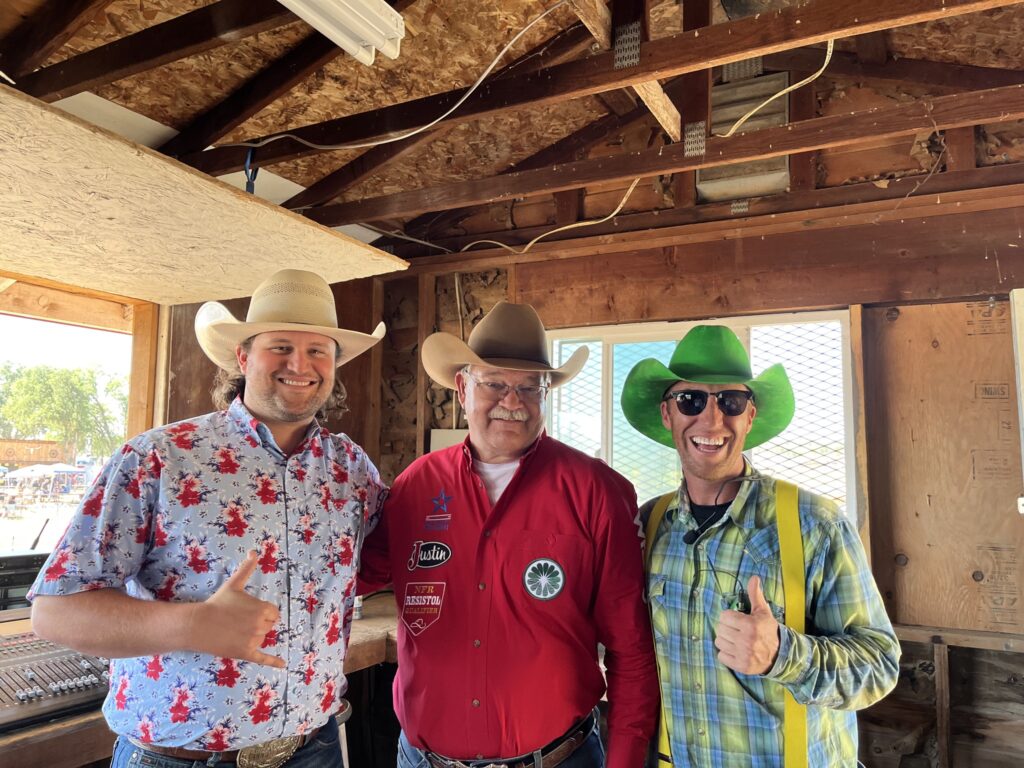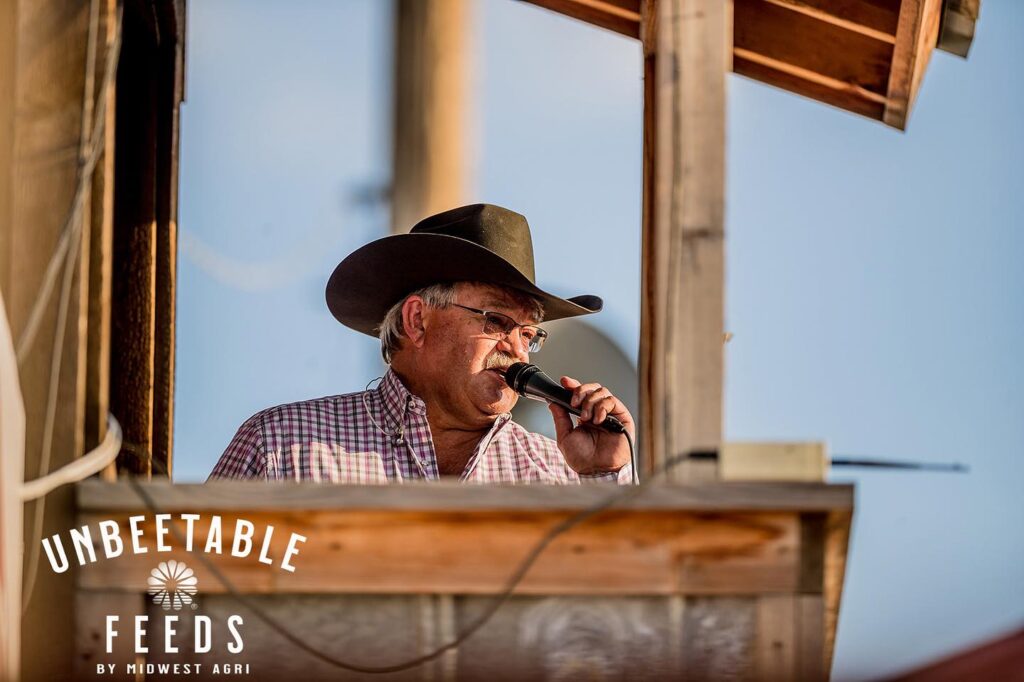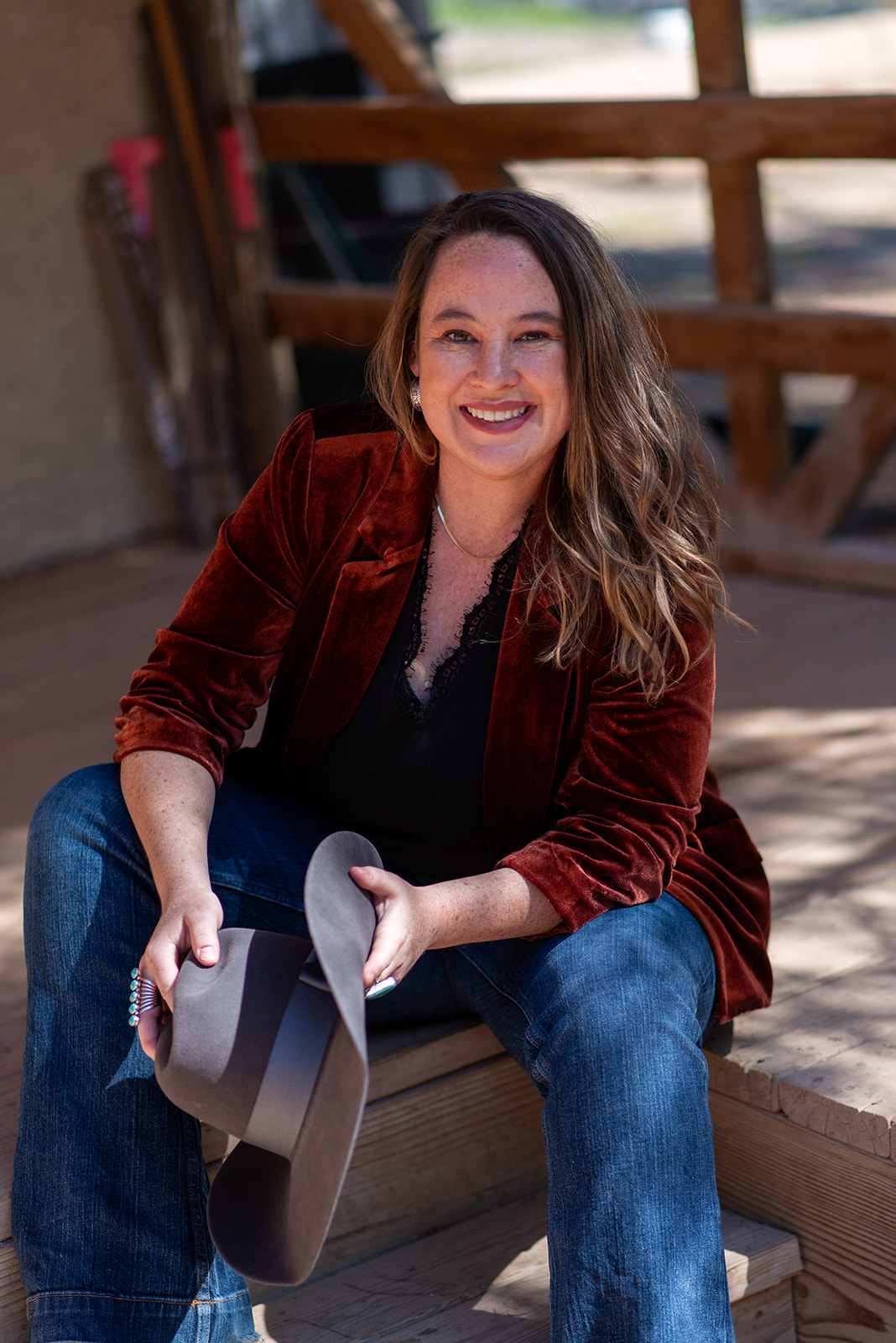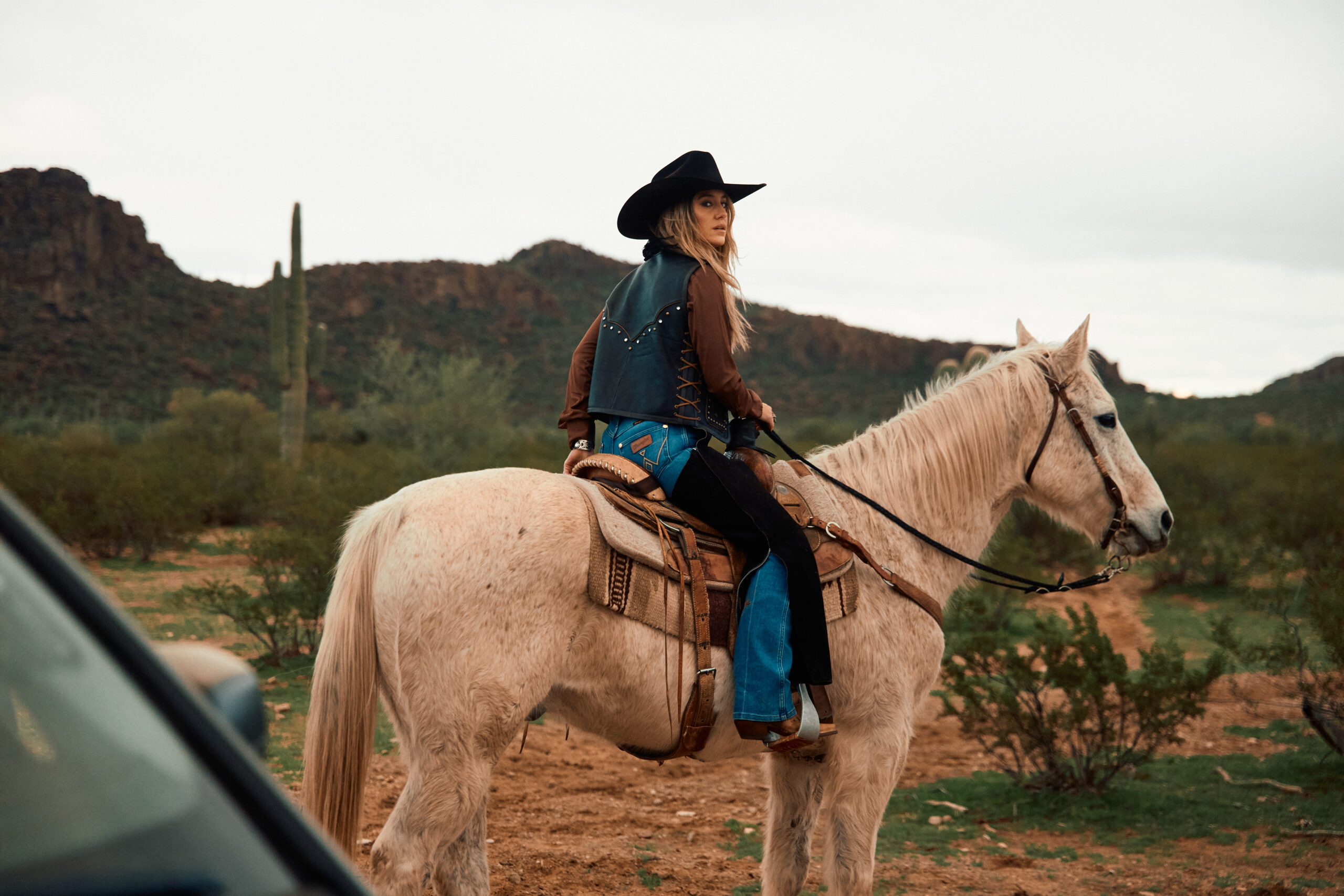The Journey of Steve Kenyon, A True Voice in Rodeo
From a small-town radio disc jockey to one of the most recognizable voices in rodeo, Steve Kenyon’s journey is nothing short of remarkable. With over two decades of experience in rodeo announcing, Steve has not only mastered the art of storytelling but has also played a pivotal role in connecting fans with the sport. In this interview, Steve shares his humble beginnings, the unexpected turn that led him to rodeo, and the wisdom he’s gathered from mentors like the legendary Bob Tallman. Through his words, we gain insight into the importance of the announcer’s role, the power of storytelling, and the passion that drives him to continue shaping the future of rodeo.
Steve, you started your career in radio long before you became a rodeo announcer. What did your early days in radio look like?
Steve: I started as a small-market disc jockey. When I was 17 years old, I worked part-time at a local radio station in Klamath Falls, Oregon, which was the closest station to the small town where I grew up. I worked Saturday nights, signed off the station, and then crashed at my sister’s house or nearby, only to return Sunday morning to open up the station. Through those experiences, I learned the ropes—how to present myself and develop skills that would serve me well later. I did everything from high school and college sports play-by-play to hosting morning shows, newscasts, and talk shows. It was a time of growth and learning, which rounded me off for the rest of my broadcasting career.
How did your career in rodeo start?
Steve: We were living in McMinnville, Oregon, when a group of high school kids wanted to put on a high school rodeo. These were the same kids I knew from broadcasting their football and basketball games. They weren’t happy with the rodeo announcer they had, and since my wife and I had been riding horses with them, they asked if I’d be interested in announcing. I thought, “Sure, why not?” I honestly didn’t expect to get paid—I just wanted to help out the kids. I was upfront with them, telling them I had never done this before and, to be blunt, I was terrible at it. But, whatever I did, I did well enough to get hired for another high school rodeo and a few open jackpots. One thing led to another, and I found myself on a new path. It was fun, and I knew so little at the time. In fact, when I received my first check and was compared to Bob Tallman, I thought, “Who the heck is Bob Tallman?” Later, I got to know Bob well, and he became a significant influence in my career. Without him, I wouldn’t be where I am today.
Diehard rodeo fans know how important an announcer’s role is, but for those who might not, just how crucial is your role as a rodeo announcer?
Steve: The rodeo announcer is the link between everything happening in the arena and the fans. Many fans may not fully understand the rules of the events. I usually ask how many people are attending their first rodeo, and I’m always surprised by the number of first-timers. Our job is to make sure they understand what’s happening. I remember reading an interview with Mel Lambert, who always assumed the audience knew nothing about rodeo, so he explained the events thoroughly. I strive to be that connection between the arena and the stands, ensuring fans understand and enjoy the experience. Whether it’s a small local rodeo or a major event, my goal is to be informative, entertaining, and relatable. I hope that by the end of the night, those who were new to rodeo leave as fans, just as Mel Lambert did for me.
Your storytelling goes beyond the announcer’s stand. Why is it important for you to share the stories of rodeos?
Steve: We need to relate to people. It’s not enough to just rattle off stats or say things we think are funny. We have a great opportunity to be storytellers. When I did play-by-play for traditional sports like baseball, I admired the great announcers who were storytellers at heart. They shared the lives of the players and brought the game to life. In rodeo, you have to pick your moments because it can move quickly, but when you do get the chance, telling the story of who someone is, where they came from, and why they do what they do adds depth to the sport. It helps fans connect on a deeper level.

You’re currently at the Gooding Pro Rodeo in Gooding, Idaho, and if I’m not mistaken, this is your 23rd year at that rodeo. What is it like to be a part of an event like that for over two decades?
Steve: Gooding has been quite the journey. When I first started, I brought the speakers and played the music while announcing. It was okay, but it wasn’t great. The crowd was somewhat engaged but not fully. Over time, we began adding energy and life to the event. Don Gill, the fair manager, and a passionate advocate for the rodeo, brought in new ideas. He hired Jill Franz, now Jill Logan, who became a three-time Music Director of the Year in the PRCA. Jill brought a sense of energy and electricity to the arena. We also introduced a tailgate show, interviewing contestants before the rodeo started, which engaged the fans even more. This rodeo has evolved into one of the most electric events of the year, despite being in a small town. The atmosphere is incredible, and it’s been a lot of fun to be part of it.
You’ve mentioned your roots in radio and your love for broadcasting. How has that influenced your work in rodeo and digital coverage?
Steve: My roots in radio go back to doing play-by-play for sports, and in 2008, the PRCA gave me the opportunity to produce a national radio broadcast of the National Finals Rodeo. I did that until 2019 when the Cowboy Channel took over the media rights. But I’ve always had a passion for radio and broadcasting. I love the storytelling aspect, and that’s why I enjoy podcasts and interviews. I’m a much better interviewer than interviewee, and I love getting to know people and sharing their stories. It’s all about telling the story of the sport and the industry, and that’s why it matters to me.
What advice would you give to the next generation of rodeo professionals?
Steve: My advice to the next generation is to take care of the sport. Rodeo has seen phenomenal growth, with sell-out crowds and high TV ratings, especially on the Cowboy Channel. The sport is on an upswing, and it’s important to be good stewards of it. The country is hungry for what we offer—the Americana, the traditional values, the colorful presentation of the flag, and the prayer before the rodeo. If you’re a rodeo announcer, remember that you’re the voice of the industry. Be a storyteller, a positive force, and recognize the power for good that this industry has. Rodeo gives back millions to charities and is produced by volunteers. Take care of this industry, let it continue to grow, and we’ll all benefit from it.
You’ve become one of the most recognizable voices in rodeo. What else do you hope to achieve in the coming years?
Steve: I’m 64 years old and will be 65 soon, but I’m nowhere close to retiring. I love what I do too much. I hope to continue working for several more years. I’ve been honored by the Women’s Professional Rodeo Association twice as Announcer of the Year, and I’d love to be nominated by the PRCA. But honestly, I just want to keep working, telling stories, and helping fans enjoy the rodeo. If I can do that, I’ll feel like I’ve accomplished something. Whether it’s announcing better rodeos, doing more TV work, or just making fans happy, that’s what I hope to continue doing.
Steve’s Closing Thoughts
How cool is it for a kid who grew up on a potato farm in Southern Oregon to have this career? There are so many things I’ve been able to do and people I’ve met because of this sport. It’s humbling. I wanted to be a play-by-play announcer for the Portland Trail Blazers, but that didn’t work out. Instead, I found something even better. I’m grateful for the opportunities this industry has given me. It’s been a legacy, and I’m truly humbled by it.
As Steve Kenyon reflects on his career, it’s clear that his passion for rodeo and storytelling remains as strong as ever. From his early days in radio to becoming a celebrated voice in the rodeo arena, Steve’s journey is a testament to the power of perseverance and dedication. He continues to inspire the next generation of rodeo professionals to uphold the values and traditions that make the sport so special. As Steve looks to the future, his commitment to sharing the stories of rodeo and connecting with fans ensures that his voice will remain a vital part of the rodeo world for years to come.

You can keep up with Steve on the rodeo road by following him online.
Facebook: @8SecondsMedia
Website: 8secondsmedia.com
YouTube: @8SecondsMedia
Author
-

Hi everyone! I'm Krysta Paffrath, I am a proud Arizona native who has a passion for everything business and rodeo. I am beyond thrilled to be the Editor in Chief for Modern Cowboy Magazine and Ten Gallon Talk. My adventurous and entrepreneurial spirit has guided me to work in many places like the WYO Quarter Horse Ranch in Thermopolis, Wyoming, a working cattle ranch in Seligman, Arizona, and many places in between. I am passionate about preserving the western way of life and working with different brands and rodeos to make that happen. If you're looking for a write-up, please shoot me an email at krysta@tengallontalk.com. Learn more about me at krystapaffrath.com. Looking forward to hearing from you!
View all posts









